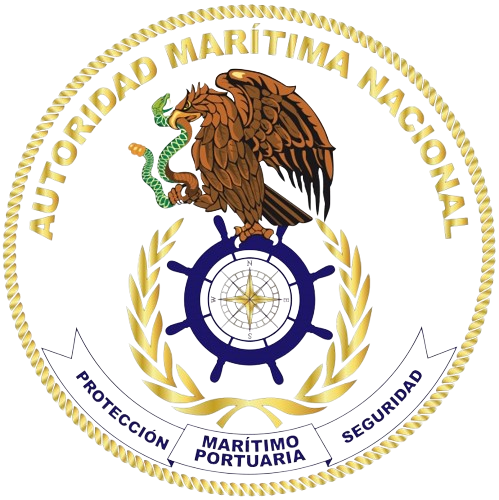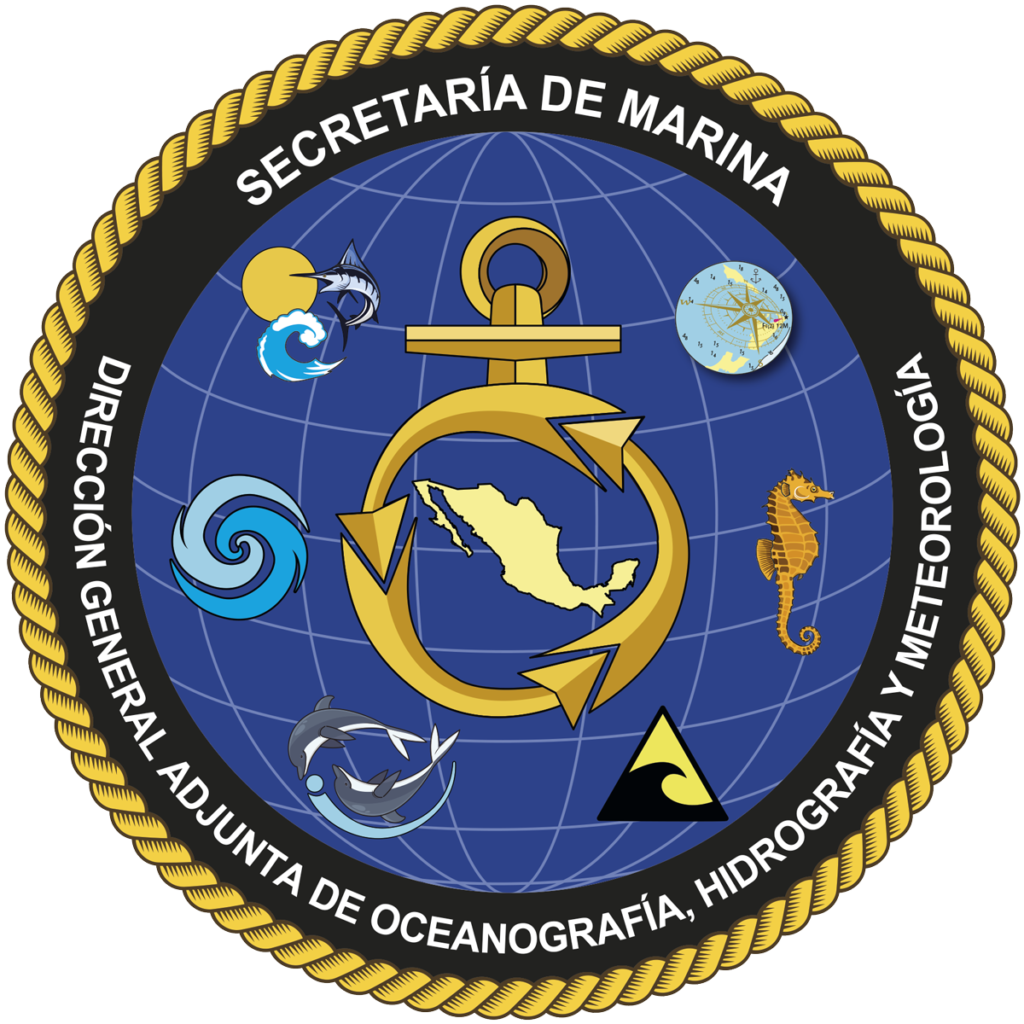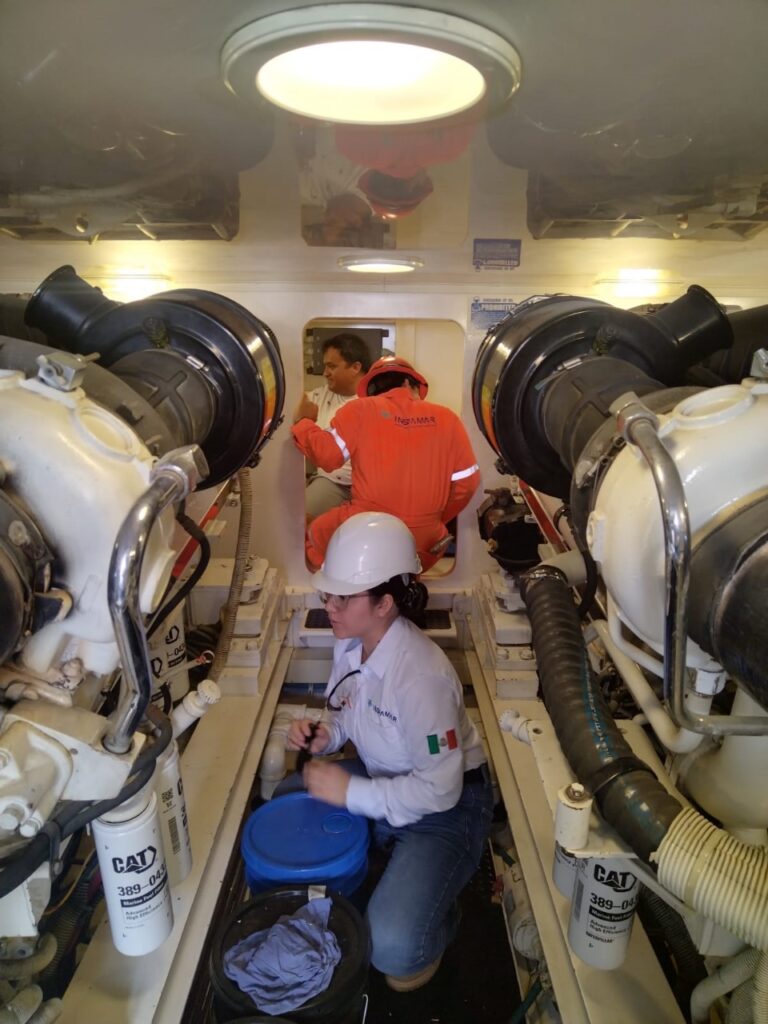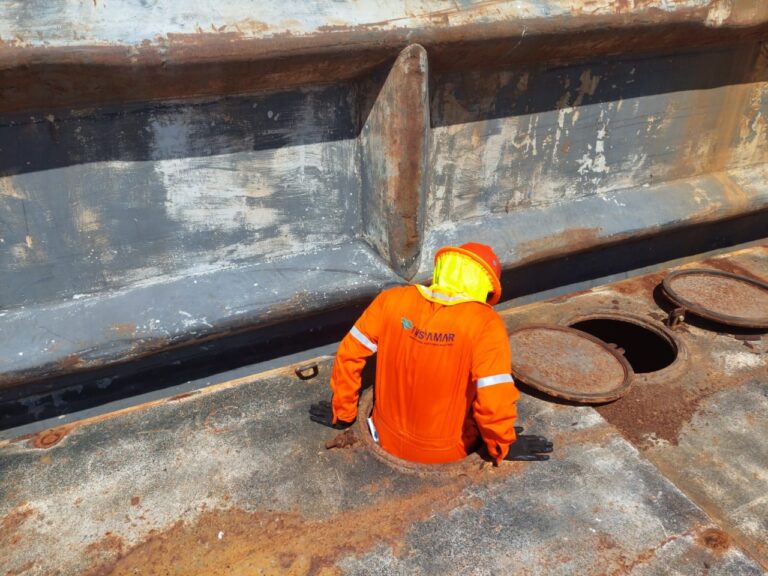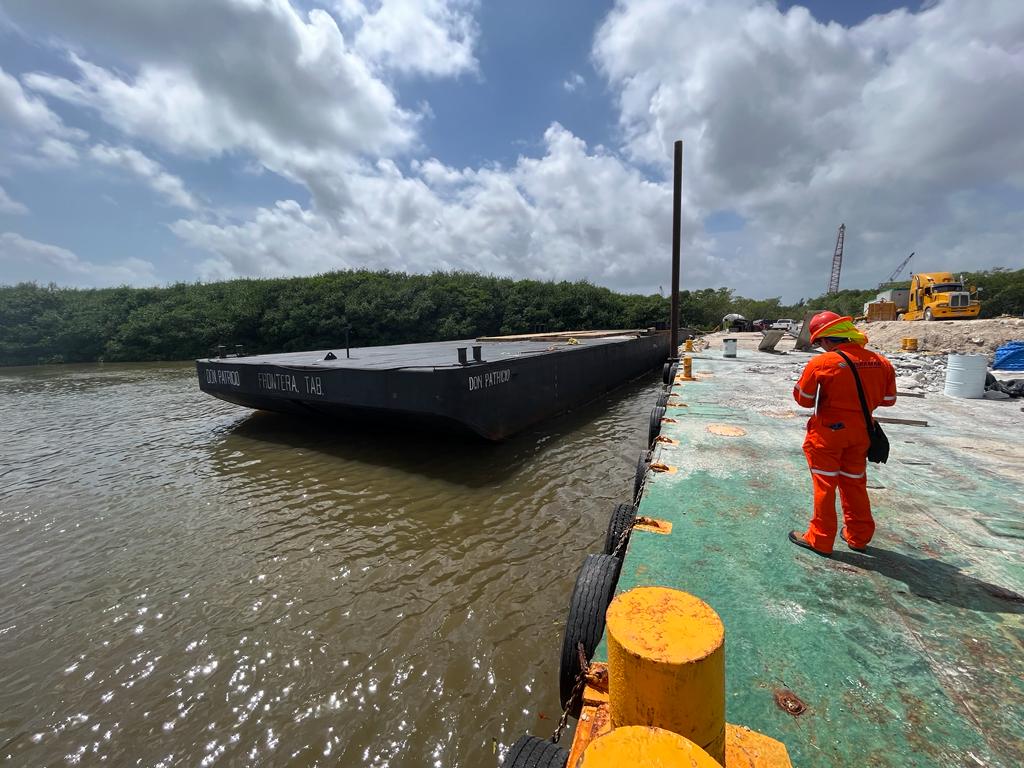
Inspamar – 2025
Convention for the Facilitation of International Maritime Traffic (FAL 1965)
The Convention for the Facilitation of International Maritime Traffic (FAL 1965) was established in response to the growing global concern over the excessive paperwork and documentation required for merchant vessels, with the aim of avoiding unnecessary delays in maritime operations. Adopted by the member states of the International Maritime Organization in 1965, this "cooperative" treaty sets out standards, recommended practices, and procedures that unify and simplify the documentation necessary for the arrival, stay, and departure of vessels at international ports. It came into force in 1967, and in the case of Mexico, it was ratified on March 24, 1983. With this, our country joined the commitment to promote the facilitation of maritime traffic under common and updated criteria, benefiting global trade and navigation.
Objectives of the Convention:
The objectives of the Convention are to prevent unnecessary delays in maritime traffic, foster cooperation between governments, and unify procedures, documents, and formalities in all aspects where such uniformity can facilitate and improve international maritime traffic. In particular, the Convention reduces the number of copies that may be required by public authorities.
Application:
- The Contracting Governments, in accordance with the provisions of the Convention, commit to cooperating in the development and implementation of measures aimed at facilitating the entry, stay in port, and departure of vessels.
- The measures aimed at facilitating international maritime traffic, as provided in the Convention and its Annex, apply equally to vessels of states, whether or not they are coastal nations, whose governments are parties to the Convention.
- The provisions of this Convention do not apply to warships or recreational vessels.
Structure
The most up-to-date version of the Convention (Ed. 2024) consists of 16 articles, an annex, 6 resolutions approved by the conference, one resolution approved by the assembly, and 8 appendices.
- Chapter 1: Definitions and General Provisions:
- Chapter 2: Arrival, Stay, and Departure of Vessels:
- Chapter 3: Arrival and Departure of Persons:
- Chapter 4: Stowaways:
- Chapter 5: Arrival, Stay, and Departure of Cargo and Other Effects:
- Chapter 6: Sanitary Services, including Veterinary and Phytosanitary Services:
- Chapter 7: Miscellaneous Provisions:
Additional information on the prescriptions related to facilitation can be found in the respective appendices:
- Appendix 1: Maximum information that may be required by public authorities for declarations (Rule 2.1 bis).
- Appendix 2: Declarations that may be required in paper form by public authorities in exceptional circumstances (Rule 2.11).
- Appendix 3: Details regarding stowaways, as mentioned in Recommended Practice 4.6.2.
- Appendix 4: Additional information on prescriptions related to facilitation.
- Appendix 5: IMDG Code (Amendment 41-22) – Chapter 5.4 related to documentation.
- Appendix 6: Resolution FAL.16(47) – Recommended measures to accelerate the implementation of the single window for maritime affairs.
- Appendix 7: Future Amendments to the Facilitation Convention.
- Appendix 8: Resolution FAL.15(47) – Amendments to the Annex of the Convention for the Facilitation of International Maritime Traffic, 1965.
E commerce
Exchange FAL data electronically: Since April 2019, the Facilitation Convention requires vessels and ports to exchange FAL data electronically and encourages the use of the "single window" concept, where all involved agencies and authorities exchange data through a single point of contact.
Maritime Single Window: Rule 1.3 promotes the use of this concept to enable a unified system for storing and exchanging data. This facilitates the submission of information required by authorities regarding the arrival, stay, and departure of vessels, people, and cargo, avoiding duplication.
Amendments to the FAL Convention 1968:
- Amendments of 2002: Entry into force on May 1, 2003. The amendments introduce new rules and recommended practices regarding stowaways. Another amendment relates to the dangerous goods manifest (form FAL 7), which becomes the primary document containing the data required by public authorities regarding dangerous goods onboard vessels.
- Amendments of 2005: Entry into force on November 1, 2006. The amendments promote centralizing information in a single point to avoid duplication, encourage electronic transmission, and include references to the International Ship and Port Facility Security Code (ISPS Code), Chapter XI-2 of the SOLAS Convention, as well as the IMO's standardized facilitation forms (FAL 7). They also establish specific measures for the arrival, stay, and departure of vessels rescuing persons at sea, requiring public authorities to provide a safe place and facilitate these operations, particularly for vessels disembarking sick or injured crew members or passengers, or persons requiring emergency medical assistance.
- Amendments of 2009: Entry into force on May 15, 2010. The amendments are related to sections addressing the content and purpose of documents, the arrival and departure of persons, requirements and procedures, measures to facilitate the clearance of cargo, passengers, crew, and baggage, as well as facilitation issues for cruise ships and their passengers.
- Amendments of 2016: Entry into force on January 1, 2018. The amendments introduce new definitions for transport unit, authorization, cargo container, the International Ship and Port Facility Security Code (ISPS Code), captain, maritime consignee, shipper, and single window. The electronic exchange of information will be mandatory, with a 36-month transition period. The text now refers to the single window system, which has been revised to use such a mandatory system at a general level. Additional references are now included for public authorities that may be requested by authorities on land: information related to security, in accordance with rule XI-2/9.2.2 of the SOLAS Convention; electronic pre-arrival information on cargo and the effects of customs risk assessment; and the prior notification form for waste delivery.
Documents required for the arrival and departure of vessels:
In the past, public authorities required a wide variety of documents tailored to the specific needs of their countries. The maritime sector had to submit different documents at each port, which largely constituted an obstacle to the efficiency of trade. The implementation of the Facilitation Convention has helped eliminate some of the bureaucratic procedures, and Rule 2.1 harmonizes the vast array of documents, reducing the number to just 12 required for all formalities upon the arrival and departure of vessels, through the application of standardized data requirements.
IMO Standardized Forms (FAL 1-7):
IMO has developed standardized forms for the following 7 documents:

Other documents
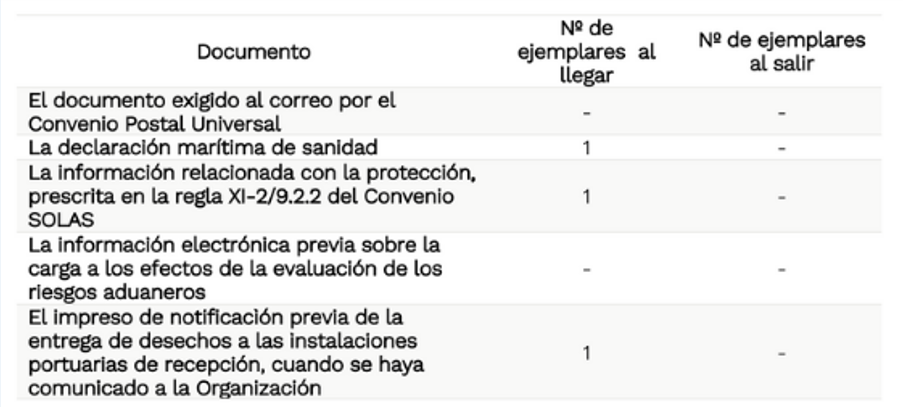
Maritime Single Window in Mexico:
The Maritime Single Window of the National Port System of Mexico (PIS-SICAPAM). It is the official platform that complies with the provisions of the Facilitation Committee of the International Maritime Organization (IMO) regarding authentication, integrity, and confidentiality in the electronic exchange of information required for the arrival, stay, and departure of vessels in Mexican ports.
